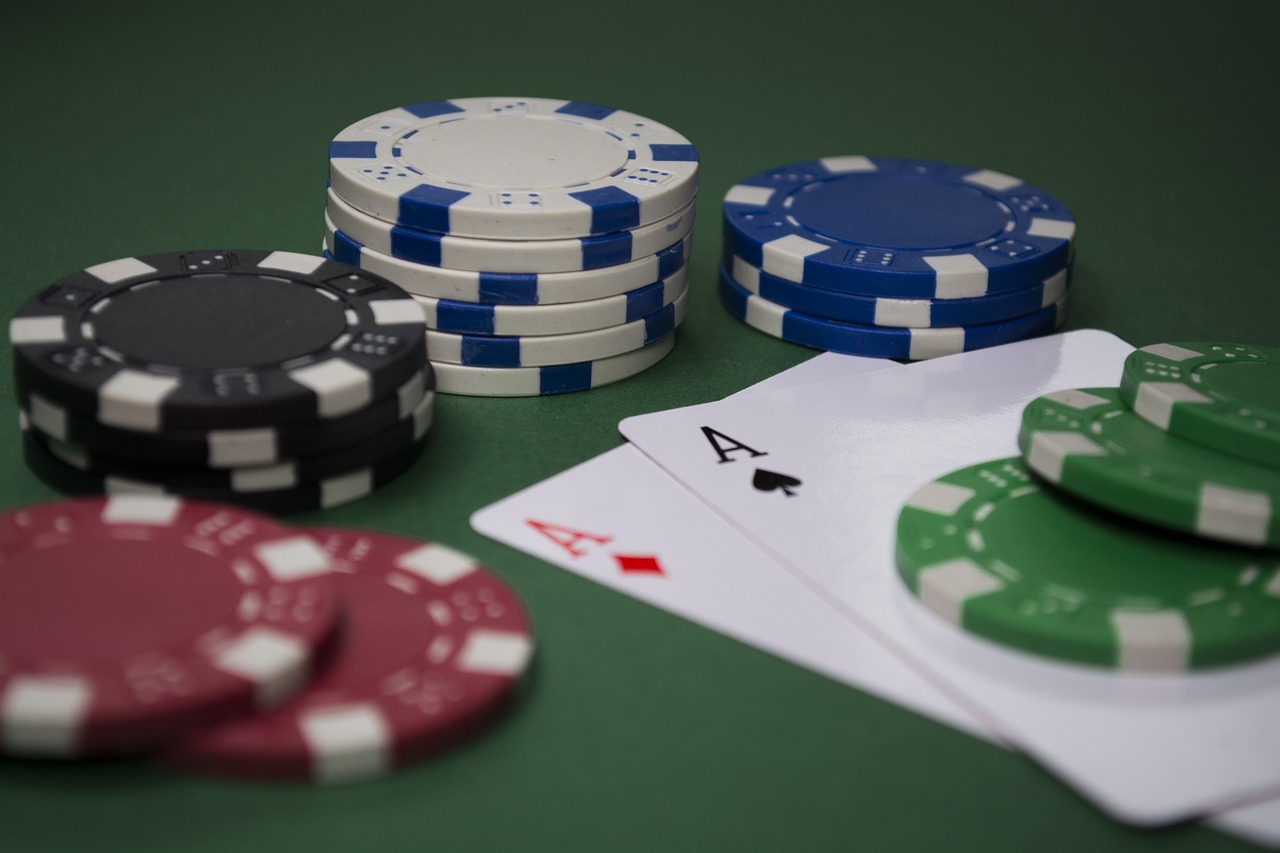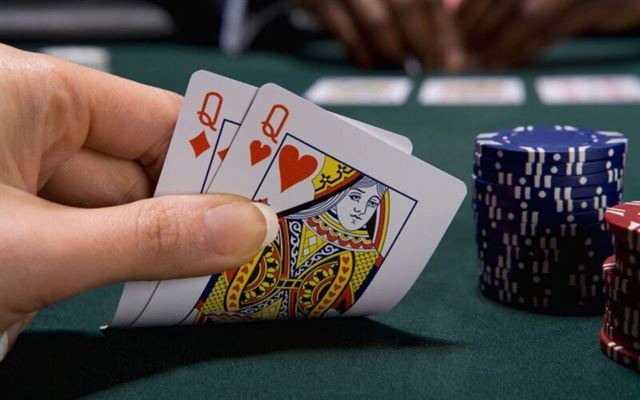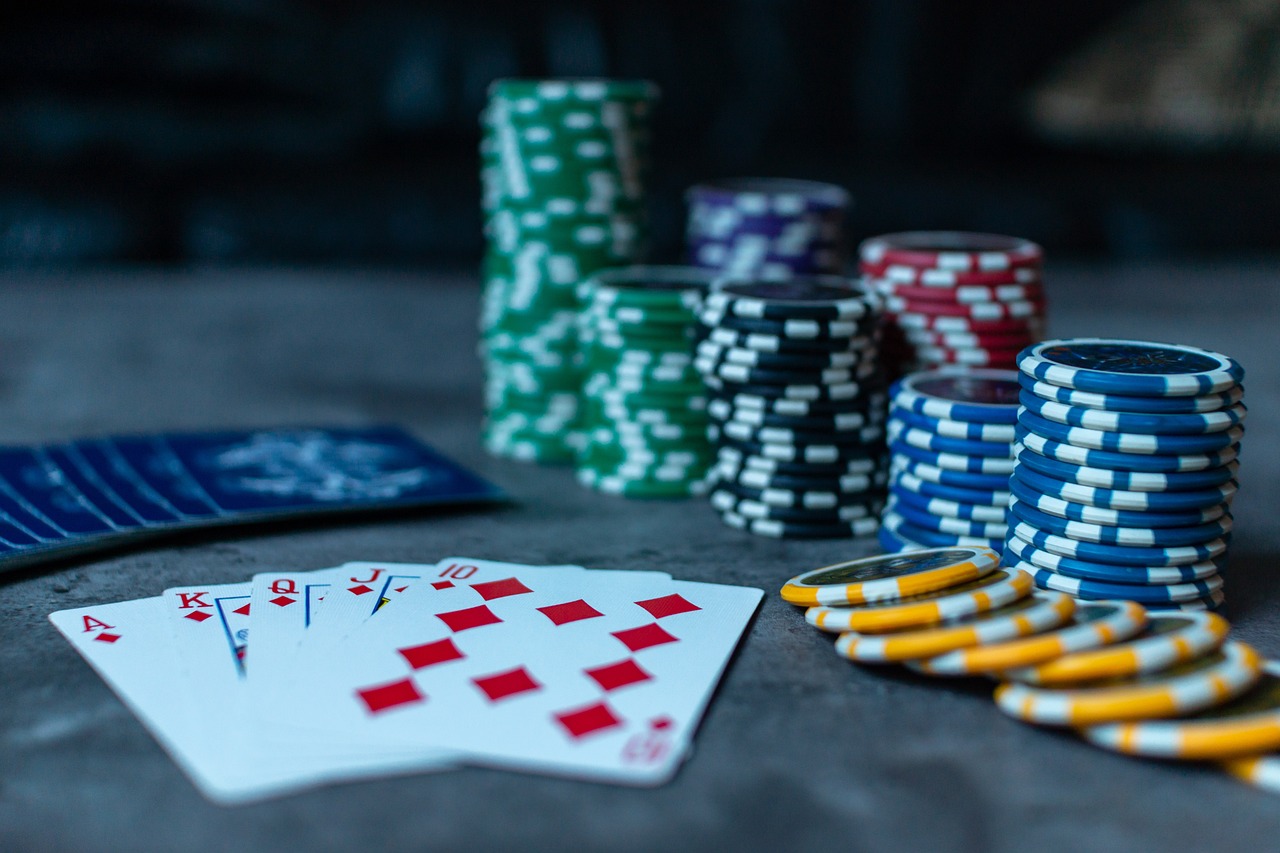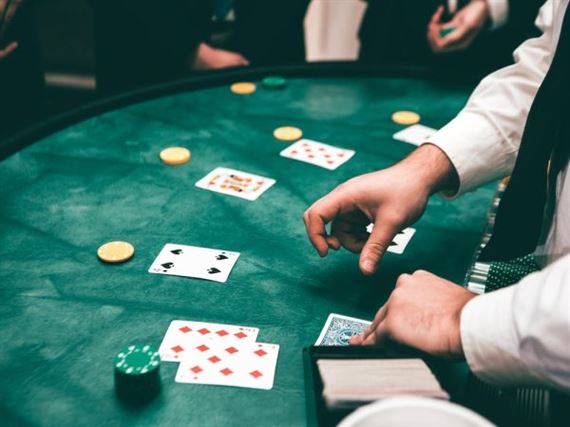Poker Face 101: The Art of Bluffing Your Way to Victory is a comprehensive guide that delves into the intricate world of bluffing in the game of poker. Bluffing is a strategic technique used by players to deceive their opponents, making them believe they have a stronger hand than they actually do. This guide explores the various aspects of bluffing, including when to bluff, how to read opponents, and the psychological elements involved. Whether you’re a beginner or an experienced player looking to enhance your skills, Poker Face 101 provides valuable insights and strategies to help you master the art of bluffing and increase your chances of achieving victory at the poker table.
The Psychology Behind Bluffing in Poker: Understanding the Art of Deception
Bluffing is essentially the act of making your opponents believe that you have a stronger hand than you actually do. It is a powerful tool that can be used to manipulate the game and gain an advantage over your opponents. However, bluffing is not simply about lying or tricking your opponents. It is a complex psychological game that requires careful observation, analysis, and timing.
One of the key aspects of bluffing is understanding your opponents’ mindset. By observing their behavior, body language, and betting patterns, you can gain valuable insights into their thought process and use this information to your advantage. For example, if you notice that a player becomes more cautious and starts to hesitate when they have a weak hand, you can exploit this by bluffing more frequently against them.
Timing is another crucial factor in successful bluffing. Bluffing at the wrong time can be disastrous and can easily backfire. It is important to choose the right moment to execute a bluff, when the odds are in your favor and your opponents are more likely to fold. This requires a deep understanding of the game and the ability to read the table dynamics.
Another important aspect of bluffing is maintaining a consistent and believable poker face. Your facial expressions, body language, and tone of voice can give away valuable information to your opponents. It is essential to remain calm, composed, and unreadable, regardless of whether you have a strong hand or are bluffing. This is where the term “poker face” comes from – the ability to keep your emotions in check and not give away any hints about the strength of your hand.
Bluffing is not without risks, and it is important to weigh the potential rewards against the potential consequences. A poorly executed bluff can result in significant losses and damage your credibility at the table. It is crucial to assess the situation carefully and consider the likelihood of success before attempting a bluff. As the saying goes, “only bluff when you have a reasonable chance of success.”
Mastering the Poker Face: Techniques for Hiding Your True Intentions at the Casino
First and foremost, it is important to understand the significance of a poker face. In a game where reading your opponents is key, any sign of weakness or strength can be exploited. A twitch of the eye, a slight smile, or a nervous fidget can give away valuable information to your opponents. Therefore, it is essential to develop a neutral expression that reveals nothing about your hand or your thoughts.
One technique for maintaining a poker face is to focus on your breathing. Deep, slow breaths can help calm your nerves and prevent any visible signs of anxiety or excitement. By controlling your breathing, you can maintain a composed and stoic demeanor, making it difficult for your opponents to read your emotions.
Another technique is to practice maintaining a relaxed posture. Slouching or fidgeting can indicate nervousness or discomfort, which can be a telltale sign of a weak hand. By sitting up straight and keeping your body still, you can project an air of confidence and control, making it harder for your opponents to decipher your true intentions.
In addition to physical techniques, it is crucial to develop mental strategies for maintaining a poker face. One such strategy is to detach yourself emotionally from the game. By viewing the game as a strategic challenge rather than a personal battle, you can distance yourself from any emotional reactions that may give away your hand. This mental detachment allows you to make rational decisions and maintain a neutral expression, regardless of the outcome.
Furthermore, it is important to be aware of your own tells. Just as you are observing your opponents for any signs of weakness, they are doing the same to you. By identifying your own tells, such as a nervous tic or a change in breathing pattern, you can work on eliminating them and further strengthen your poker face.
Now that we have explored some techniques for mastering the poker face, let’s discuss the art of bluffing. Bluffing is a fundamental aspect of poker and requires a strong poker face to be successful. Bluffing involves convincing your opponents that you have a stronger hand than you actually do, forcing them to fold and allowing you to win the pot. To effectively bluff, it is crucial to maintain a consistent poker face throughout the entire hand.
One technique for bluffing is to carefully observe your opponents’ reactions. If they show signs of weakness or uncertainty, it may be an opportune moment to bluff. By maintaining a strong poker face, you can project confidence and convince your opponents that you have a winning hand, even if your cards say otherwise.
Another technique is to vary your betting patterns. By occasionally betting aggressively with a weak hand and conservatively with a strong hand, you can confuse your opponents and make it difficult for them to read your intentions. However, it is important to use this technique sparingly and strategically, as overuse can lead to predictability and ultimately, failure.
Reading Your Opponents: How to Spot Bluffs and Exploit Weaknesses in Poker
One of the first things to consider when trying to spot a bluff is your opponent’s betting patterns. Pay close attention to how they bet throughout the game. Are they consistently betting aggressively or are they more cautious? A sudden change in their betting behavior could indicate a bluff. For example, if a player who has been playing conservatively suddenly starts betting large amounts, it may be a sign that they are trying to intimidate you into folding.
Another important aspect to consider is your opponent’s body language. Non-verbal cues can often reveal a lot about a person’s hand. Look for signs of nervousness, such as fidgeting or avoiding eye contact. These could be indications that your opponent is bluffing and feeling uneasy about it. On the other hand, a player who appears calm and confident may have a strong hand and is trying to deceive you into thinking otherwise.
Furthermore, it is crucial to pay attention to the timing of your opponent’s actions. A quick decision or a hesitation before betting could be a telltale sign of a bluff. A player who is bluffing may try to rush their actions to avoid giving away any hints of deception. Conversely, a player who takes an unusually long time to make a decision may be trying to appear thoughtful and calculated, hoping to convince you that they have a strong hand.
In addition to observing your opponents, it is also important to exploit their weaknesses. Every player has their own unique style of play, and understanding their tendencies can give you a significant advantage. For example, if you notice that a particular player tends to fold easily when faced with aggressive betting, you can use this knowledge to your advantage by bluffing more frequently against them.
Furthermore, pay attention to the emotional state of your opponents. Are they frustrated after losing a hand or are they on a winning streak? Emotions can cloud judgment and lead to poor decision-making. Exploiting an opponent’s emotional vulnerability can be a powerful tool in poker. For instance, if you notice that a player is becoming increasingly frustrated, you can use this to your advantage by applying more pressure and forcing them into making mistakes.
Strategies for Successful Bluffing: Tips and Tricks to Win Big in Poker
One of the most important aspects of bluffing is timing. Knowing when to bluff and when to fold is crucial. Bluffing too often can make you predictable and easily exploitable by your opponents. On the other hand, never bluffing can make you too cautious and allow your opponents to take advantage of you. The key is to find the right balance and choose your bluffing opportunities wisely.
Another strategy for successful bluffing is reading your opponents. Pay close attention to their betting patterns, body language, and reactions. Look for signs of weakness or strength. If an opponent suddenly becomes more cautious or starts hesitating, it could be a sign that they have a weak hand. This is an excellent opportunity to bluff and take the pot.
It is also important to consider the table dynamics when bluffing. The number of players, their playing styles, and the size of the pot can all influence your bluffing decisions. Bluffing against tight players who only play strong hands may be more challenging, while bluffing against loose players who play a wide range of hands can be more effective. Additionally, bluffing in a large pot can be riskier as the potential loss is higher. Evaluate the situation carefully before deciding to bluff.
A successful bluff requires confidence and a convincing poker face. Your body language and facial expressions can give away your intentions, so it is crucial to maintain a neutral and unreadable demeanor. Avoid fidgeting, excessive eye contact, or any other behavior that may reveal your true emotions. Practice controlling your expressions and maintaining a calm and composed appearance, regardless of the strength of your hand.
Furthermore, it is essential to consider your table image when bluffing. If you have been playing tight and only showing strong hands, your opponents are more likely to believe your bluff. However, if you have been bluffing frequently, your opponents may be more inclined to call your bluff. Adjust your bluffing frequency based on your table image to maximize its effectiveness.
Lastly, be prepared for the possibility of being called. Bluffing is a risky move, and there is always a chance that your opponents will see through your deception. When called, it is crucial to stay composed and not reveal any disappointment or frustration. Accept the outcome gracefully and move on to the next hand.
In conclusion, successful bluffing is a skill that can greatly enhance your poker game. Timing, reading your opponents, considering table dynamics, maintaining a poker face, and managing your table image are all crucial elements of a successful bluff. Remember, bluffing is not about fooling your opponents every time, but rather about creating doubt and uncertainty in their minds. With practice and experience, you can master the art of bluffing and increase your chances of winning big in poker.






